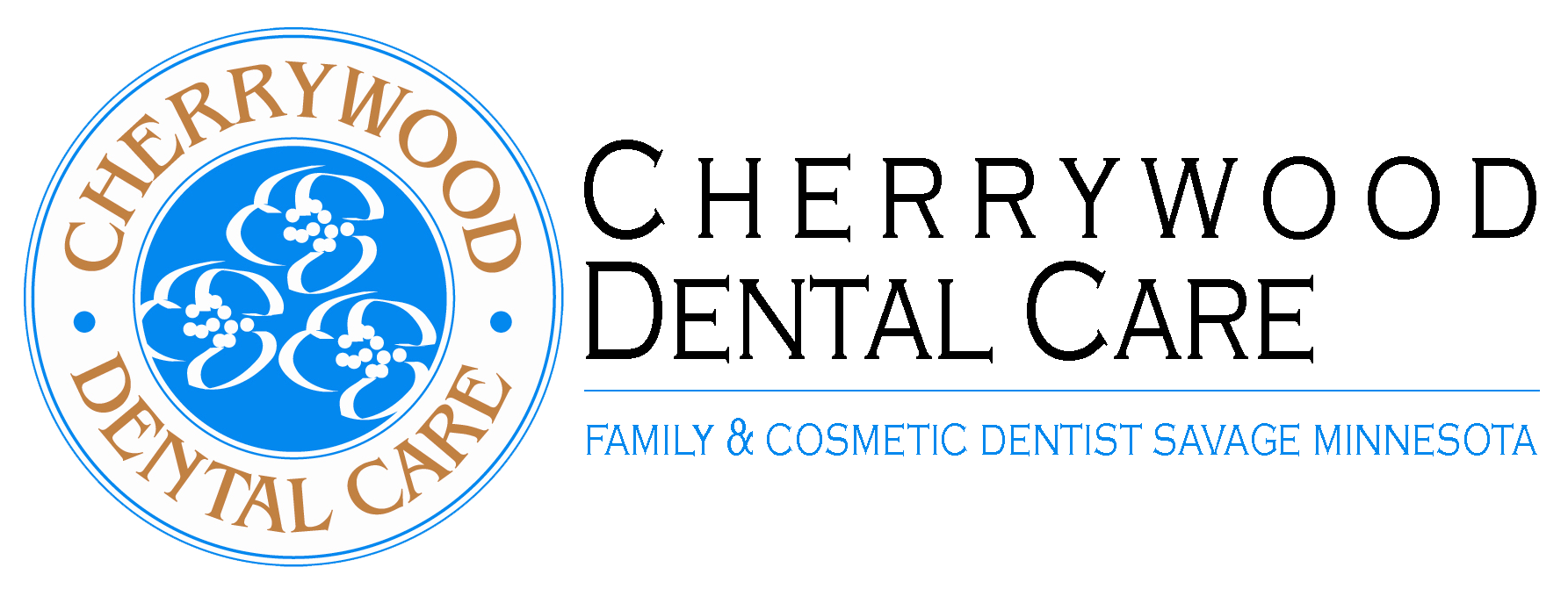Options for Treating Shifting Teeth
Shifting teeth is a normal part of life. It is most visible in young children as they grow and their jaw grows with them but adult patients experience shifting teeth as well though it may not be as evident. Shifting teeth in adults is a slower process, occurring gradually as we age. Whereas a child's jaw bone grows, adult jawbones become narrower over time, leading two teeth that crowd and overlap one another.
While shifting teeth is perfectly normal, is it not necessarily ideal. Straight teeth are much easier to keep clean and care for. Crowded teeth are more susceptible to plaque build up and gum disease.
What causes teeth to shift?
There are a number of reasons that the teeth shift throughout one's lifetime. Children experience teeth shifting as they grow and their jaw grows. As adults continue to age, the lower jaw narrows and tends to push forward, causing crowding in the lower teeth.
Additionally, patients who undergo orthodontic treatment and those who suffer tooth loss are likely to experience shifting teeth more obviously. When a tooth is extracted or otherwise lost, the teeth on that arch shift in an effort to close the space left behind it. If a tooth is extracted with the intention of replacing it, your dentist will provide an appliance for you to wear to maintain the space.
Periodontal disease can also lead to shifting teeth. When plaque is allowed to accumulate, it hardens into tartar and can eventually lead to gum recession, bone deterioration, and tooth mobility.
How can I prevent shifting teeth?
Maintaining good oral care will help ensure a healthy smile. You may also consider speaking with your dentist to learn what options are available. Anyone can have a retainer made, they are not just for those who have undergone orthodontic treatment. Another great appliance is a night guard, which is worn while sleeping and has the primary goal of protecting the teeth from bruxism but has the added benefit of acting as a retainer and help prevent shifting teeth.
How are shifting teeth treated?
Orthodontic treatment or the use of a removable or permanent retainer is the best option to realign shifting teeth. Orthodontic treatment does not necessarily mean that you have to get a mouthful of braces, clear aligner therapy is a great option for adults that want to re-straighten their teeth and maintain alignment.
If you are concerned with shifting teeth, it is a good idea to go ahead and speak with your dentist to determine the reason that your teeth are moving and to talk about a treatment path.

